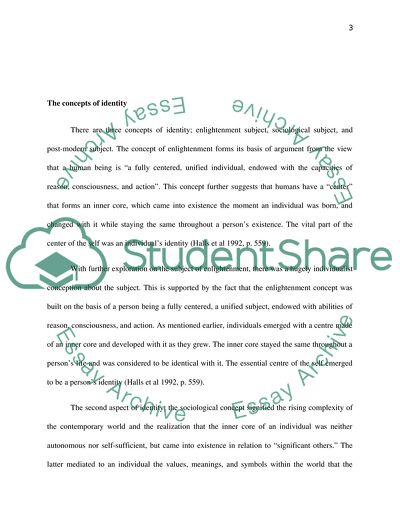Cite this document
(Thefullyunified,completed,secureandcoherentidentityisafantasy (Hall Essay - 1, n.d.)
Thefullyunified,completed,secureandcoherentidentityisafantasy (Hall Essay - 1. https://studentshare.org/sociology/1797137-thefullyunifiedcompletedsecureandcoherentidentityisafantasy-hall-1992
Thefullyunified,completed,secureandcoherentidentityisafantasy (Hall Essay - 1. https://studentshare.org/sociology/1797137-thefullyunifiedcompletedsecureandcoherentidentityisafantasy-hall-1992
(Thefullyunified,completed,secureandcoherentidentityisafantasy (Hall Essay - 1)
Thefullyunified,completed,secureandcoherentidentityisafantasy (Hall Essay - 1. https://studentshare.org/sociology/1797137-thefullyunifiedcompletedsecureandcoherentidentityisafantasy-hall-1992.
Thefullyunified,completed,secureandcoherentidentityisafantasy (Hall Essay - 1. https://studentshare.org/sociology/1797137-thefullyunifiedcompletedsecureandcoherentidentityisafantasy-hall-1992.
“Thefullyunified,completed,secureandcoherentidentityisafantasy (Hall Essay - 1”. https://studentshare.org/sociology/1797137-thefullyunifiedcompletedsecureandcoherentidentityisafantasy-hall-1992.


